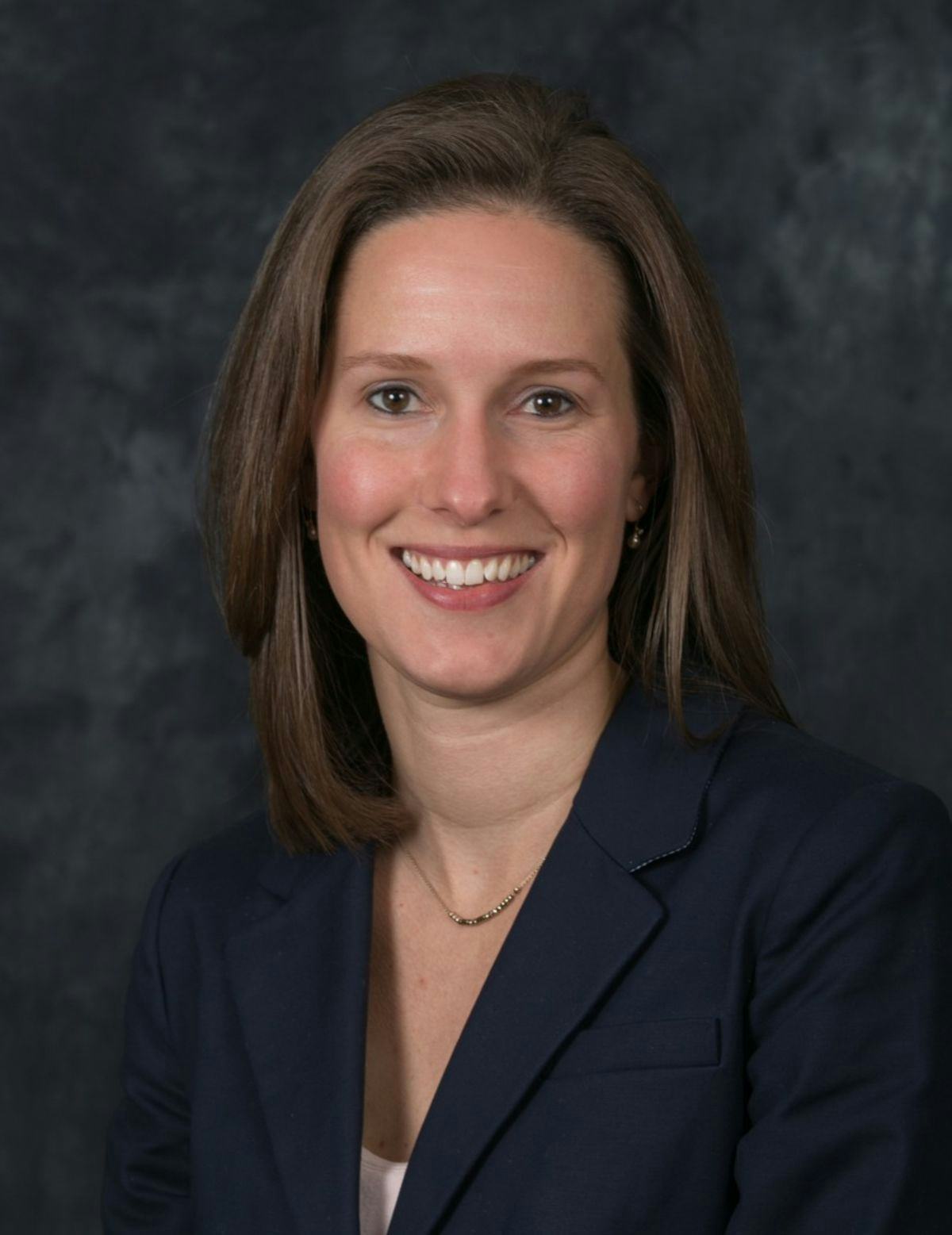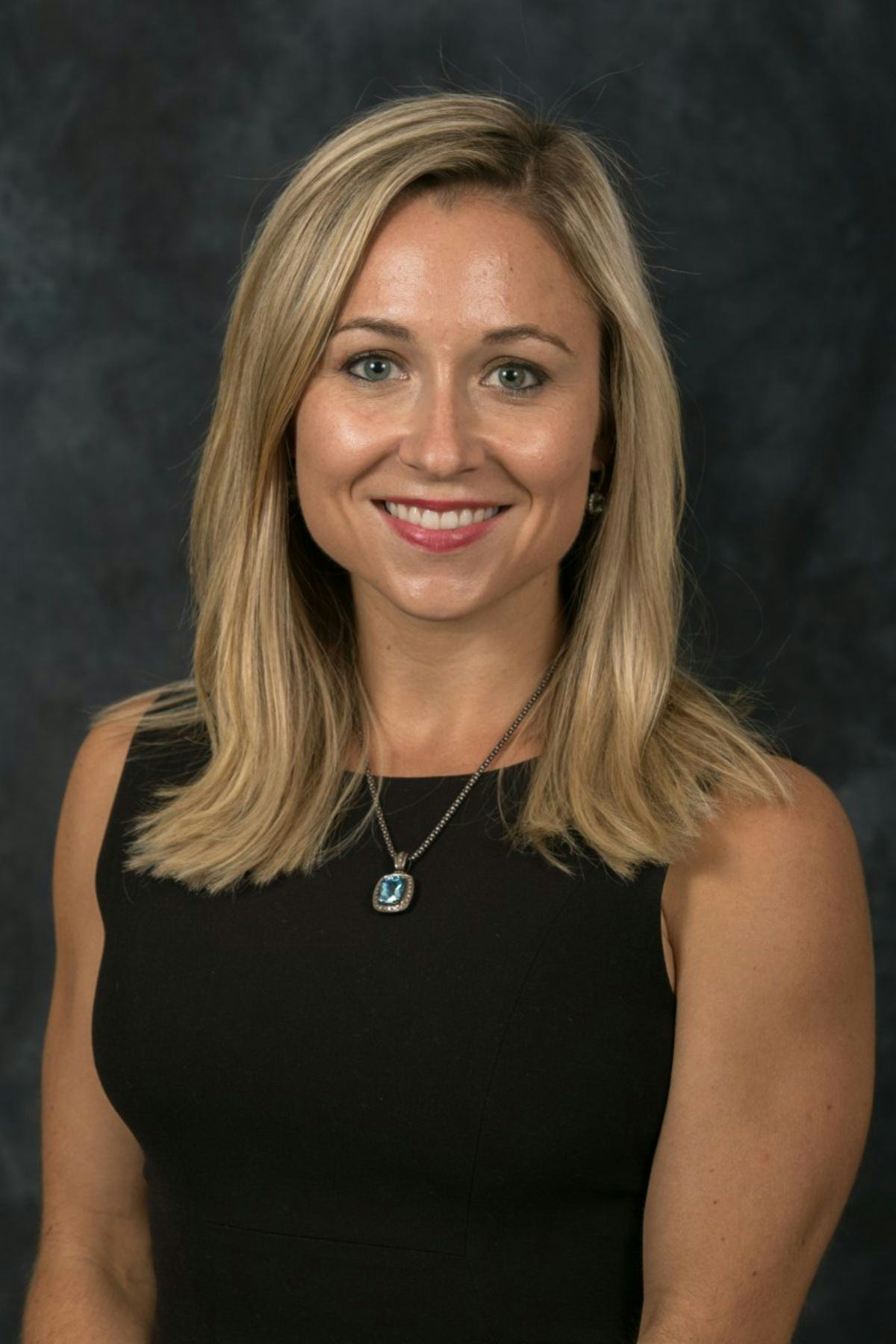How Stevens Students Followed — and Predicted — 2020's 'Election Madness'
Undergraduates dive into the complexities of elections through national forecasting challenge
America's fall 2020 elections were some of the most contentious in history. The presidential election, during which a record-breaking number of voters participated, attracted most of the attention and media coverage. But voters also chose 35 senators, 441 representatives, 13 governors and many state, local and judicial representatives in November.
To encourage Stevens students to consider the complex, interrelated nature of the fall 2020 election cycle, two political science professors, Kristyn Karl and Lindsey Cormack, held a friendly "Election Madness" competition between their classes as those elections approached.
"Lots of students are apathetic about politics. A big part of this is due to polarization that is strongly tied to national politics," explains Karl. "I wanted the course to engage students with competitive elections beyond the Presidential ticket and to do so in an interactive way that would help connect students' academic experience to the real world."
Focusing on tight, difficult-to-call races
The challenge spotlighted 21 of the country's most competitive and difficult-to-forecast races, assigning points to each candidates' odds of winning based on the opinions of political experts.
As part of the challenge, students in two Stevens political science courses — "U.S. Campaigns and Elections" and "Introduction to Political Science" — needed to first familiarize themselves with a number of key races by discussing candidates, policy preferences, media coverage, campaign strategies, polling and state election dynamics.
Then each student made predictions in a bracket-style competition, using the online platform Election Madness developed by Michigan State University political scientist Eric Gonzalez Juenke. The platform accounts for quantitative and qualitative disagreements between political forecasters, noted Cormack and Karl. Thus, players who correctly chose "upset" wins received bonus points for those choices.
Karl's students were each assigned a specific election contest, completing both a FlipGrid video on the race and another video predicting the outcome of the contest. Cormack's, meanwhile, picked winners of each election and also wrote responses about their baseline selection mechanisms and why those deviated in certain contests.
In the end, Cormack's class outscored Karl's by a slim three points.
Stevens' total student participation was fifth-greatest among the 45 universities participating in the challenge, and one student correctly selected the outcomes of all but two elections.
More importantly, say the professors, the forecasting exercise helped students to learn more both about themselves and the many factors involved in an American election process and the forecasting of results.
"Having students look at these elections in a systematic way, and having to select winners as a class assignment with assignment credit or potential extra credit in mind, really shows the difficult sort of field election forecasters are in," notes Cormack. "There are so many inputs into guessing who will come out on top in any election.
"This assignment offered a glimpse of the sorts of effort involved for those who work on election predictions."
Both professors teach in Stevens' College of Arts and Letters, which explores the humanities and arts through the lens of science and technology. The interdisciplinary college offers seven undergraduate majors, 13 minors, an accelerated law program and a graduate certificate.




